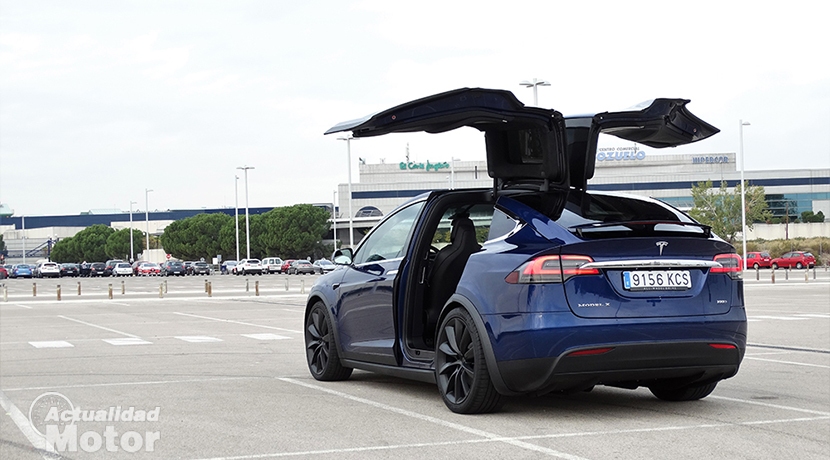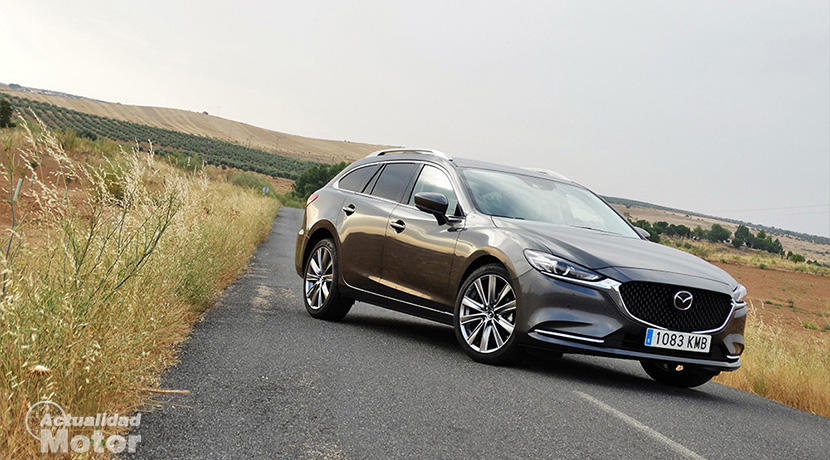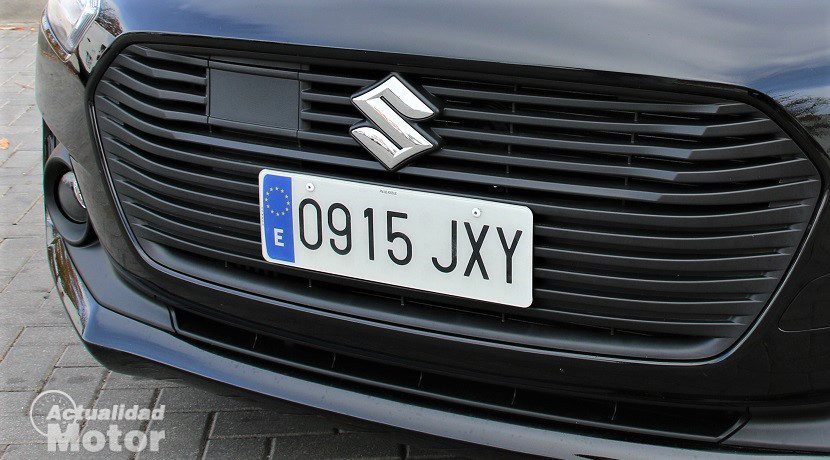Test Hyundai i30 Fastback 1.4 T-GDi 140 HP DCT Style
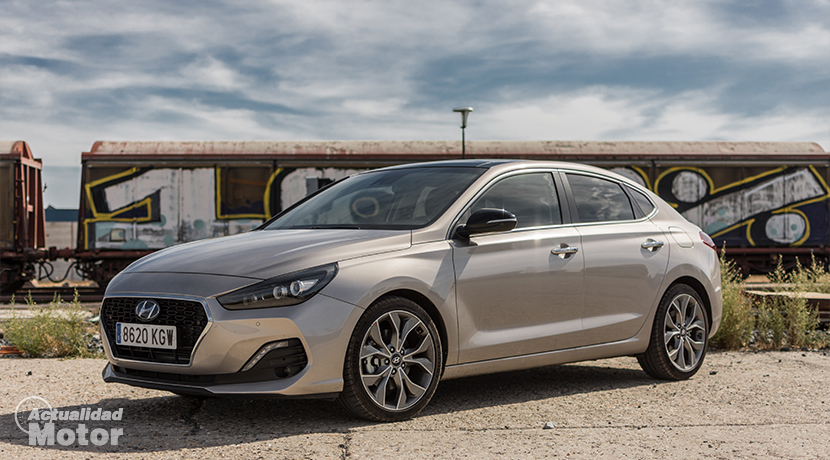
The compact models segment is one of those who have the most sales in our country (around 20%) and, therefore, one of the most close. The protagonist of the test is the Hyundai i30 Fastback, a model that despite being with us for only 11 years, has managed to win users over veterans like the Honda Civic or the Volkswagen Golf.
Since its premiere in 2007, the Hyundai i30 has always had a hatchback body and a family, that increased its practicality. 11 years later, the South Koreans present a third generation more mature and polished, with two new variants, the i30 N, the most powerful, and the i30 Fastback, which I will talk about next.
Family lines
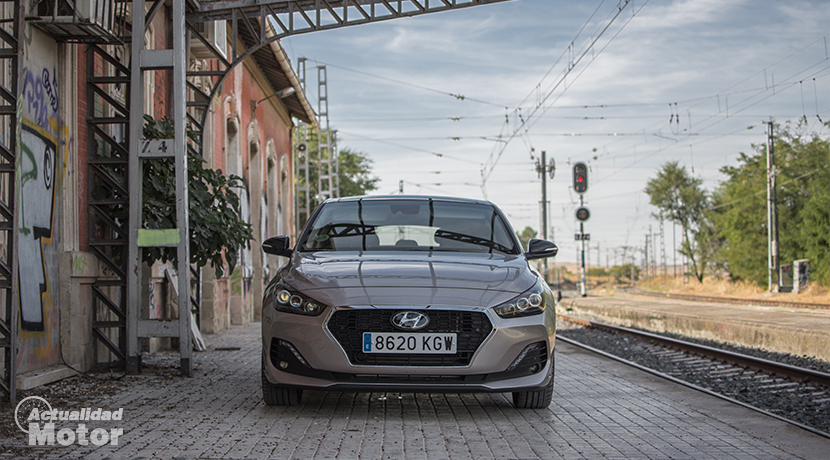
More European forms following the trends of the moment and more modern and stylized , this is what has happened in the different evolutions that has suffered the Hyundai i30 in its 11 years of life. The third generation is the one that, without doubt, has gained more changes, both abroad and in the interior, and, in addition, has gained personality.
The front clearly is the part where fewer changes occur with respect to the hatchback variant . It has an inverted hexagonal grill with chrome frames characteristic of this model from the second generation. On the sides we find diurnal LEDs and on the top the main headlights.
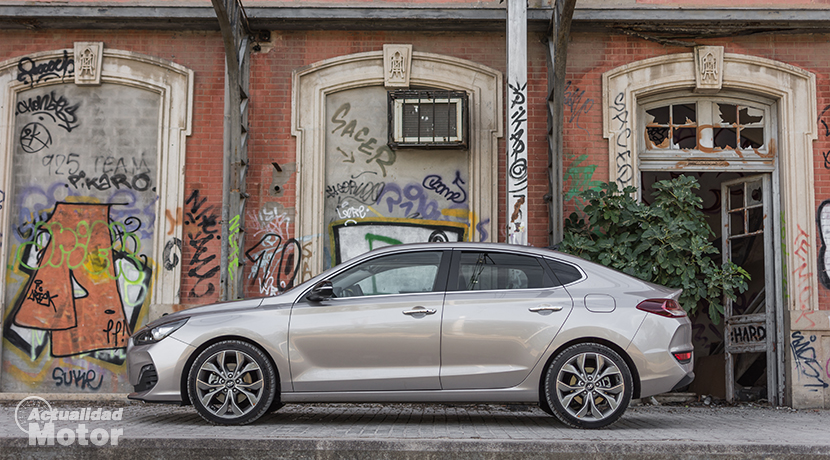
On the side is where the true silhouette of the Hyundai i30 Fastback is revealed. Up to the B-pillar there are hardly any relevant changes, but it will be from there that we will find a more sculpted C-pillar, ending in a small spoiler where the 4.45 meters of length will end. The line of tension is born from the headlights to die in the rear pilots. This nerve, together with the lower one that joins both doors, define the mature and wavy design of this new generation.
Finishing behind , we find very horizontal lines, which create a feeling of width in the rear thanks to the pilots, which are joined by a line where we also find the Hyundai logo and a small inscription "Fastback", which makes clear the variant we are driving.
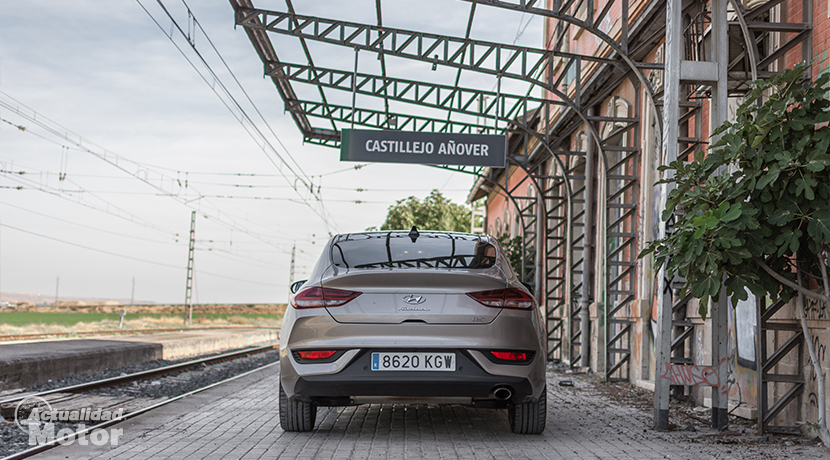
Usually, personally, it's a design that I like even more than the compact version. On the street can be a magnet of looks , on the one hand because it is a new variant and still not seen much by our country, and secondly, I am not going to reduce attractiveness to the lines of the i30 Fastback . All in all, it brings fresh and innovative forms to the segment and I consider it a big change with respect to the previous generation.
More ... of the same? strong>
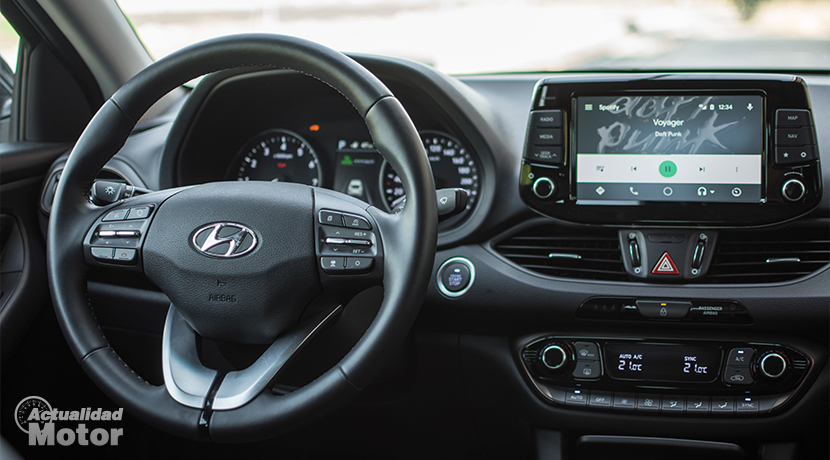
Those that have had the opportunity to see the interior of a compact or familiar i30, you will quickly realize that, at least in the front seats, little or nothing changes with respect to the Fastback variant .All this controlled with the different buttons housed in the steering wheel, from where we can also adjust the speed of the cruise control, the volume of the music, or answer incoming calls.
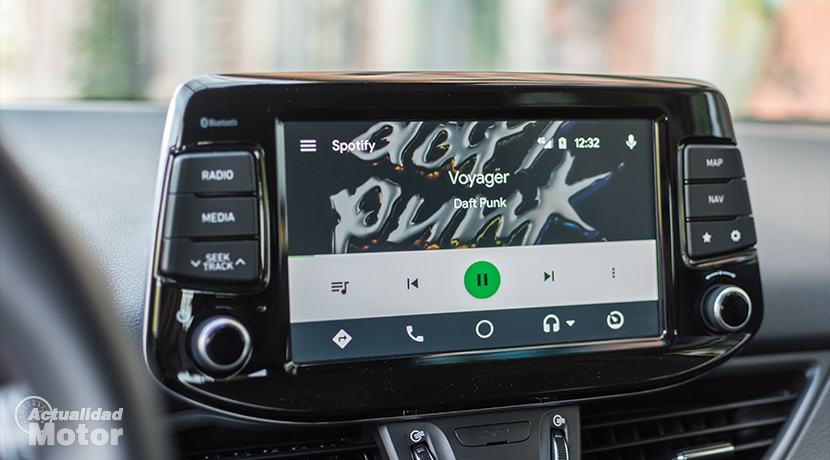
The infotainment system is shown on an 8-inch screen located in the center of the dashboard I'm not a fan of this type of "embedded" panels in the center console, but Hyundai has managed to not break the logic of the design, also placing it in an advantageous position for the visibility of the driver. It has four shortcuts (radio, media, map and navigation) and works quickly and intuitively. Supports Android Auto and Apple CarPlay , so we will be connected at all times with our smartphone.
The seats are totally focused on comfort . They fulfill their function amply. Although they are not the most suitable for a fast pace on winding roads, they are best suited for long trips or journeys around the city, environments for which this i30 Fastback is intended. Although its upholstery is probably not the most attractive (for tastes colors) are well built, and also in the Style version have electric adjustment for the driver and passenger, as well as lumbar adjustment for the first.
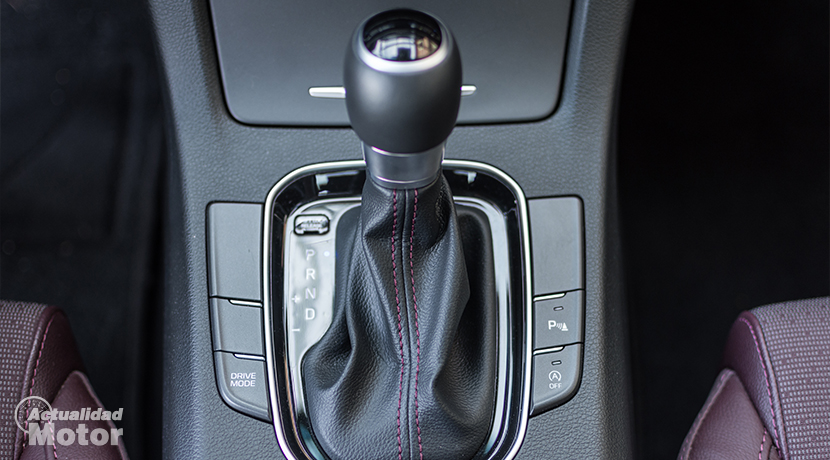
Continuing through the central tunnel, we find a lever changes, in my opinion, something bland. Its design is limited to a piano black plastic on its upper part and red stitching on the lower part. Maybe they could have included some Hyundai logo that would give something more salt shaker to this important part of the vehicle. Simple annotations of a server. In terms of functionality, it is fast and light, something we will appreciate throughout the day. From this location we can change the driving mode , the disconnection of the Start/Stop system and also the parking aids, in the case of the Style version, the rear camera and the parking sensors.
Greater habitability despite the C-pillar
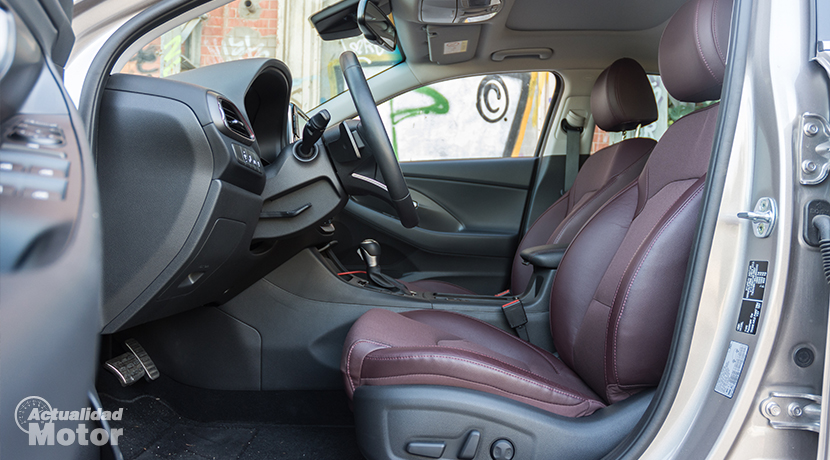
The first thing we can think about a fastback body is that your interior space will be compromised in pursuit of a more daring and sporty design . I have to say that, for a user on foot, who will use the vehicle for short or medium-haul trips and some sporadic travel, the Hyundai i30 Fastback does its job well.
The interior of the i30 Fastback It offers a good space for the occupants, both in the front seats and in the rear seats . The small center console provides a greater sense of freedom for the driver and co-pilot, which is also reinforced by a dashboard of a single height. Front passengers will also have numerous storage slots located underneath the console, as well as just behind the gear lever.
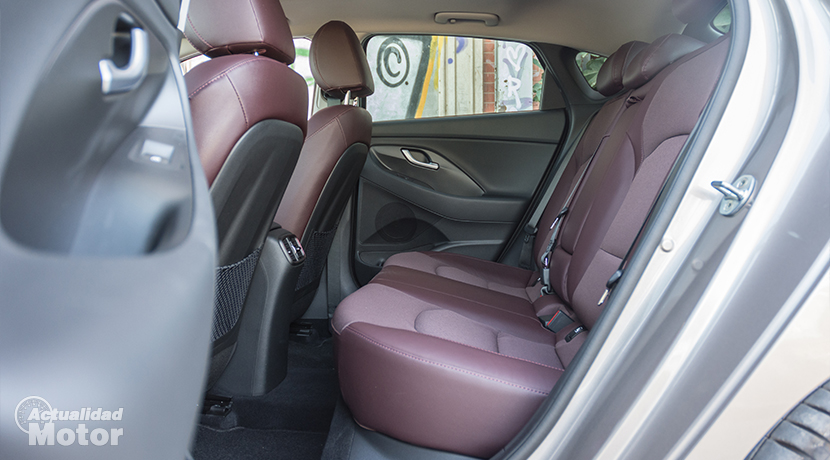
The rear seats are usually the most affected in this type of bodywork in terms of interior space, but in the Hyundai i30 Fastback has more than enough levels for a person who measures around 1.75-1.85 meters. Maybe the head room will be the most compromised, due to the drop in height due to the roof fall .It is common to find significant reductions in this part of the vehicle due to the Fastback body, but in this case, there is an increase in the hatchback version to which we have tested . Specifically, the capacity of the trunk goes from 395 liters in the compact, to 450 liters in the Fastback . Its shapes are cubic, which will allow a better storage of objects. The most negative part is carried by the height of the loading mouth, a detail that is counteracted by having a tailgate instead of a trunk lid.
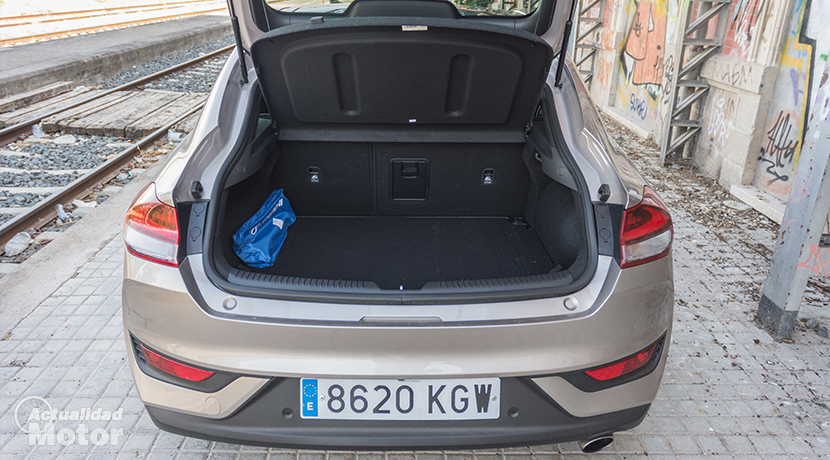
Engines
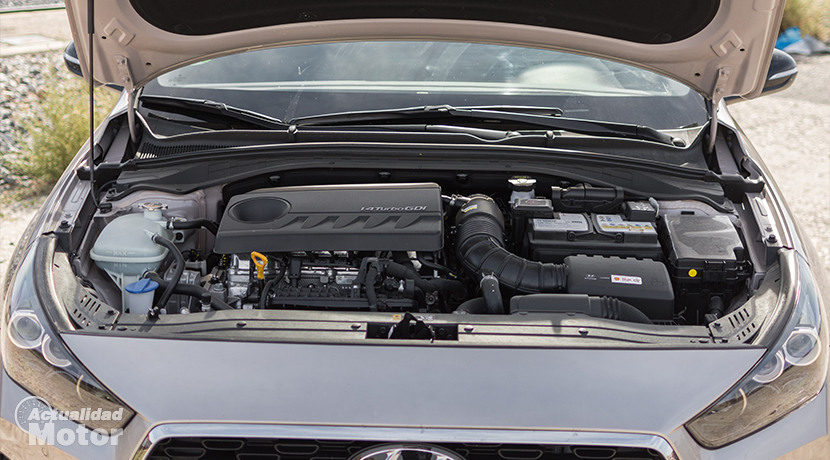
Currently the Hyundai i30 Fastback has two mechanical options, the which use gasoline . The lower power propeller is a 1.0 turbocharged three-cylinder that offers 120 horsepower with a torque of 172 Nm. The most powerful engine, at least until the arrival of the N variant, is what we have been able to test, a 1.4-liter four-cylinder engine that develops 140 horsepower and 242 Nm of torque.
Regarding the gearboxes , we find that the 120 horsepower engine can only be coupled to a 6-speed manual transmission, while the 140 horsepower engine can have this same manual or an automatic 7-speed gearbox. speeds.
| Engine | Configuration | Fuel | Power |
|---|---|---|---|
| Engine | Configuration | Fuel | Power |
| i30 Fastback T-GDi 1.0 | td>3 Cylinders | Gasoline | 120 PS |
| i30 Fastback T-GDi 1.4 | 4 Cylinders | Gasoline | 140 HP |
There are 140 horses, do you need more?
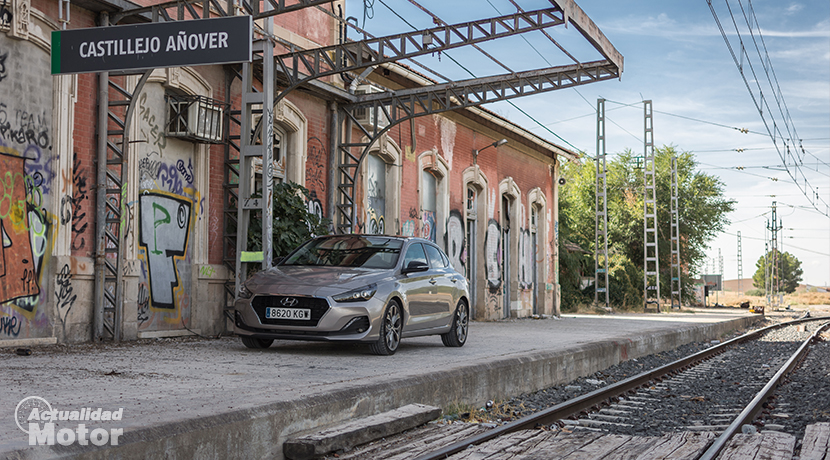
Suitable for day to day, silent and with a very good response . Broadly speaking, that's how I would classify the 1.4-liter, 140-horsepower Hyundai i30 Fastback that I had the opportunity to test. But I'm going to detail this conclusion more, that's what we're here for.
We have in mind that the i30 Fastback is not a vehicle destined to a sports field, but to use it every day. In this regard, the South Korean sedan fully meets all expectations . Its operation, both in urban environments and highways, is silent at low and medium speeds, and smooth, thanks to speed changes provided by its automatic transmission with almost double clutch practically imperceptible.
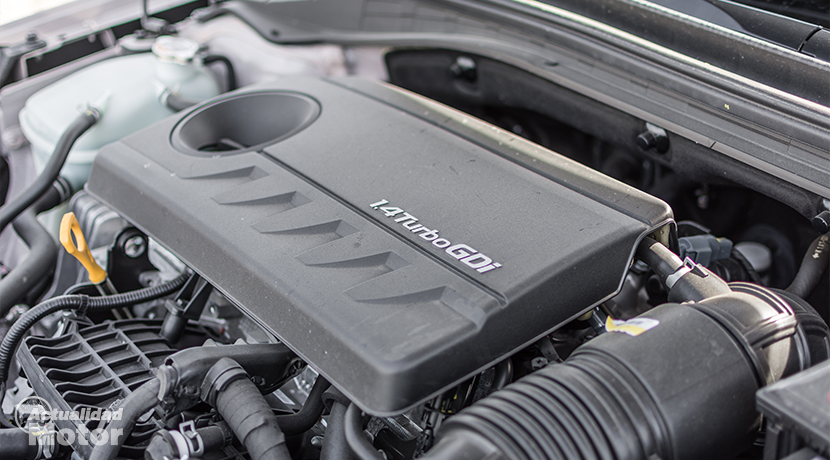
One of the advantages of this type of change, unlike the CVT, is that it does not revolutionize overload the engine, and despite not providing changes as smooth as in those boxes, the DCT Hyundai i30 Fastback gears quickly and effectively , either in automatic mode or through the cams located on the steering wheel.
In sports, as I said, it is not a vehicle intended for this purpose, so its engine does not stand out especially for being explosive , limited to deliver all the necessary torque at low turns (about 2,000 revolutions), while its maximum power a, those 140 horses, will arrive when we round the 6,000 revolutions.This is what has happened to us with the Hyundai i30 Fastback, which are generally around 1 liter greater than those that the South Korean firm declares.
| Version | Urban consumption | Extra urban consumption | Average consumption |
|---|---|---|---|
| Version | Urban consumption | Extra urban consumption | Average consumption |
| Hyundai i30 Fastback 140 HP Measured | 7.5 l/100 km | 6.0 l/100 km | 6.7 l/100 km |
| Hyundai i30 Fastback 140 HP Approved | 6.7 l/100 km | 5.1 l/100 km | 5.7 l/100 km |
Sports comfort
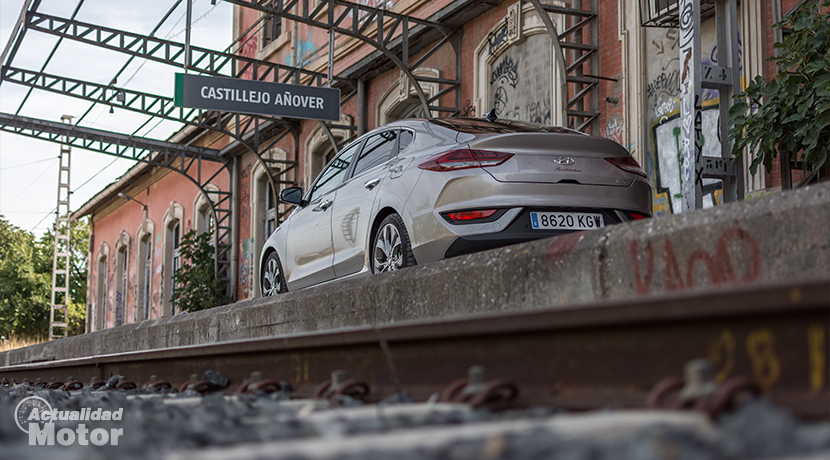
We get into dynamic behavior , a section where it has improved with respect to the compact and familiar variants thanks to a new adjustment in the suspension system, 15% harder. This improves its dynamic behavior when driving on winding roads or making rapid changes of support. On the other hand, this hardening of the suspension does not affect in excess in the filtration of potholes or pavements in poor condition.
His approach is clear, more comfort and less sportsmanship, and that is something that is appreciated in urban driving . Focusing on this environment, its reduced turning radius, 10.6 meters, which is slightly below the average segment, is one of the best strengths of the i30 Fastback, which with its 4.45 meters unfolds with ease through the city.
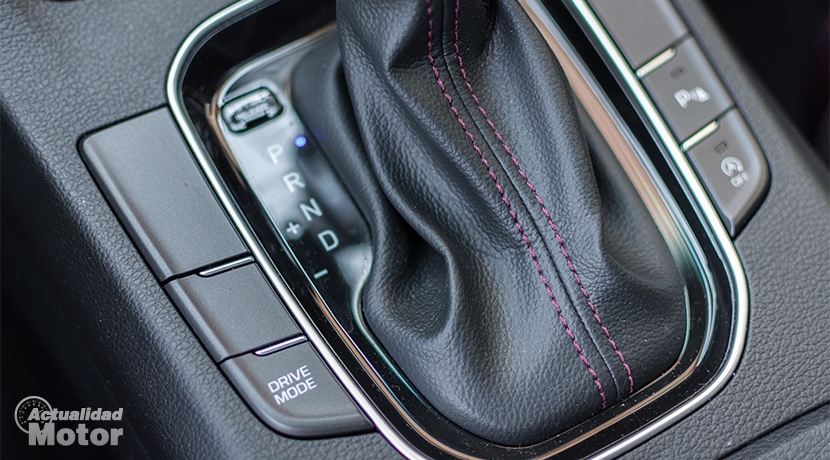
On the other hand, your address, despite being direct, for my taste is very assisted and does not inform accurately the driver of what happens on the pavement. This continues to happen in the Sport mode, which adjusts the focus of the propeller and slightly tightens the control of the steering wheel. Even so, as I said throughout the test, it is not a vehicle focused on drawing curves, but to get from point A to point B in the most comfortable way possible.
Maybe the Hyundai i30 Fastback's most negative point is its rear visibility . Probably the most damaged aspect due to this body sedan sports court, and that the surface of the rear glass is very small, and, for example, if we had a motorist right behind us, we would not see the helmet, so that you have an idea
